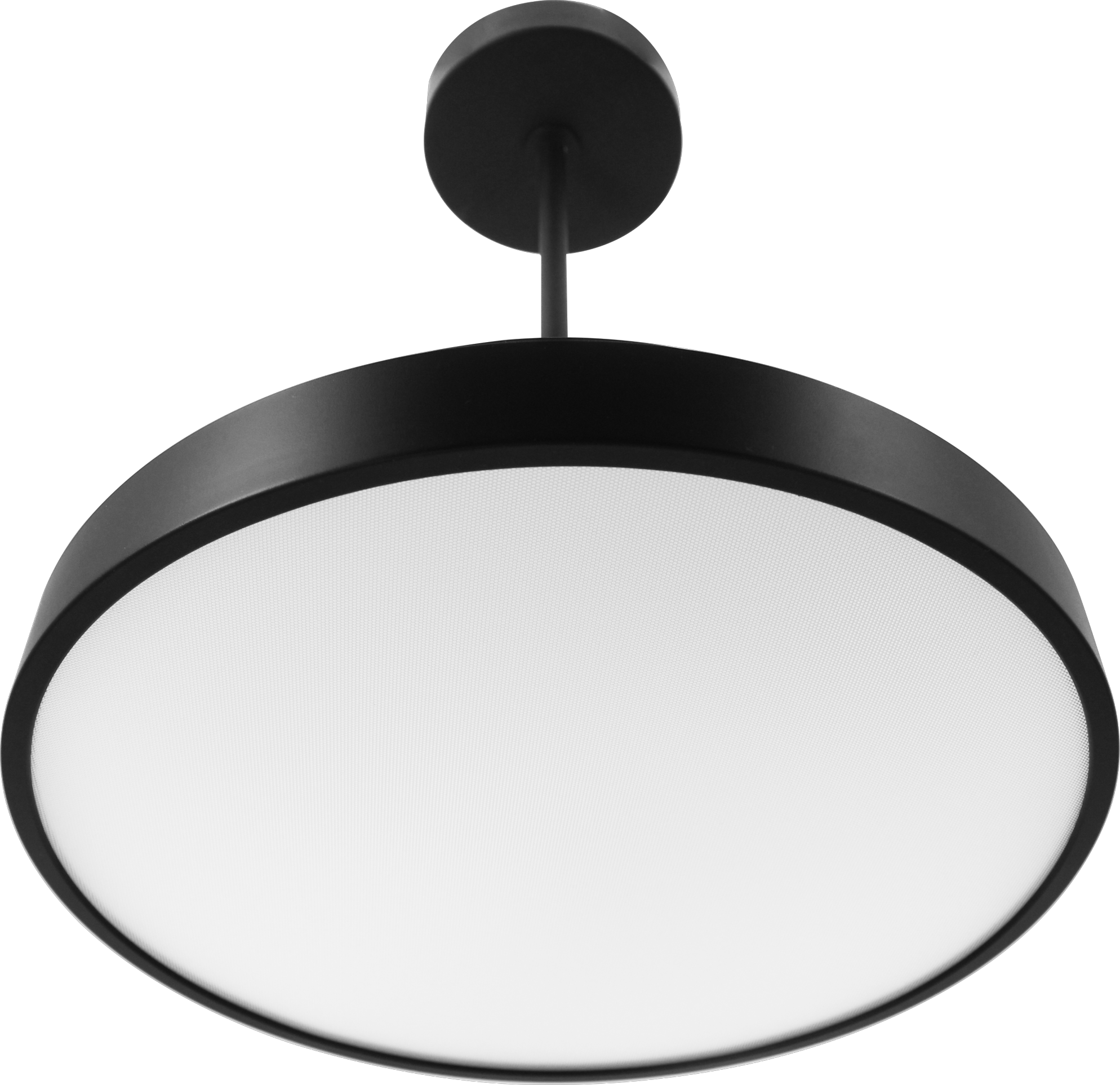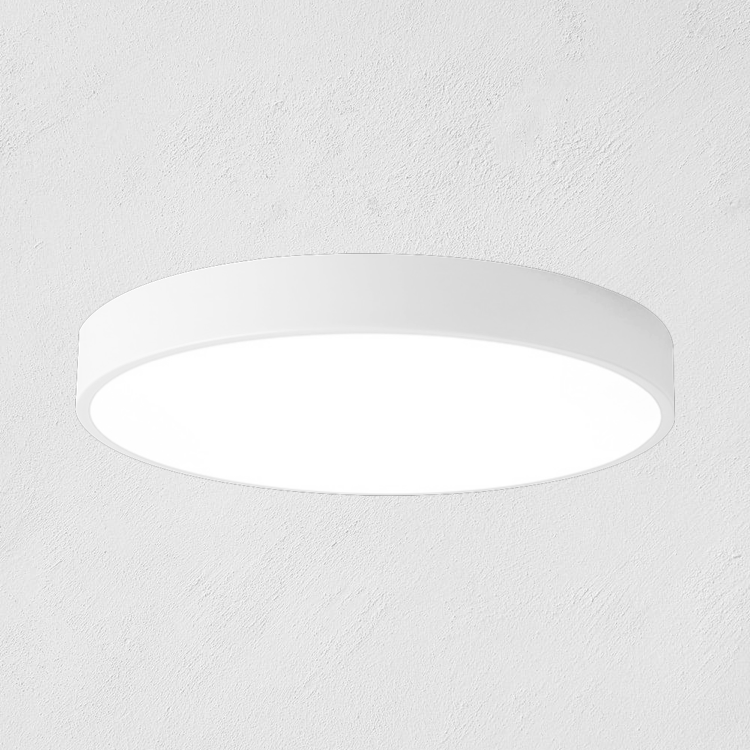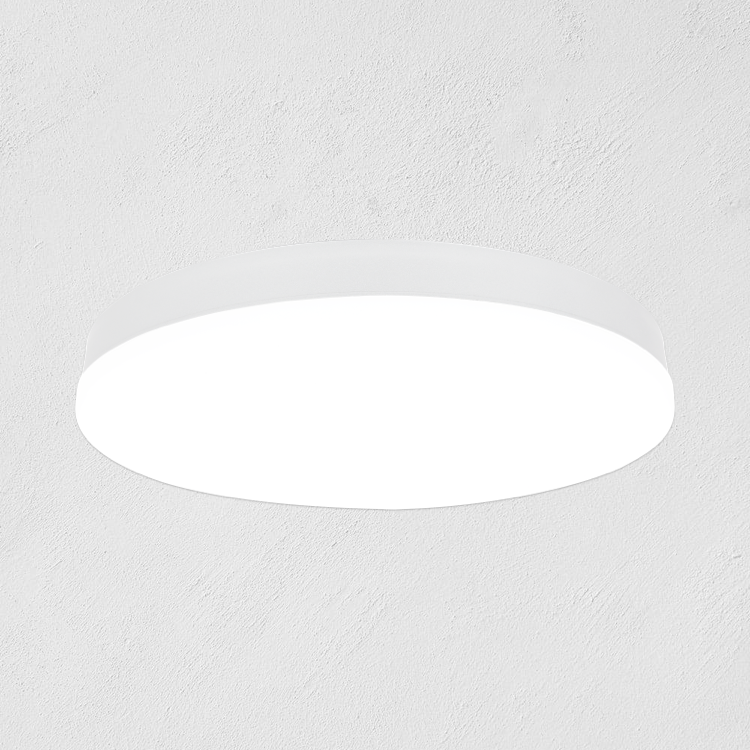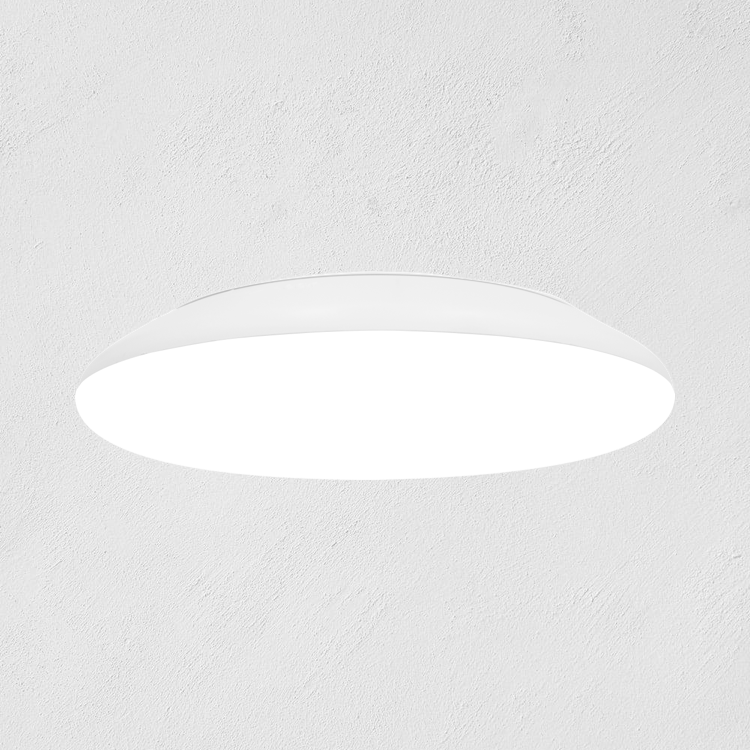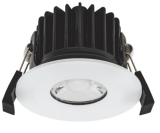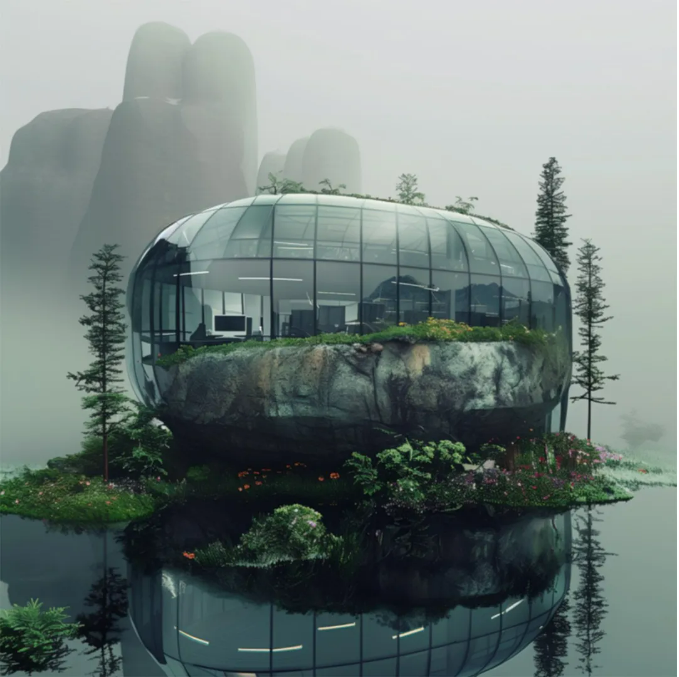
Trend One: Bionic Interior Design
Research shows that spending time in nature has a significant impact on mental health.
This has sparked a huge trend in nature-friendly office design.
Large plants and natural materials such as softwood and exposed wood are common
in many workplaces today.
The next step in development will be towards biomimetic design, where environments
will mimic the shapes, colors and textures of nature.
Designers will not just fill in natural elements, but create spaces that mimic nature.
Its key features include organic forms, circadian lighting and indoor gardens.
Trend 2: Opportunities for physical activity
Sitting for long periods of time is often associated with health issues, so height-adjustable
desks have become popular in many workplaces.
The future office will provide more places for people to stand and lean, rather than just sit.
This trend is not limited to desks.
AccorHotels' latest annual report shows that people are increasingly interested in active meeting
spaces - where participants stand or walk - and health-oriented team-building activities.
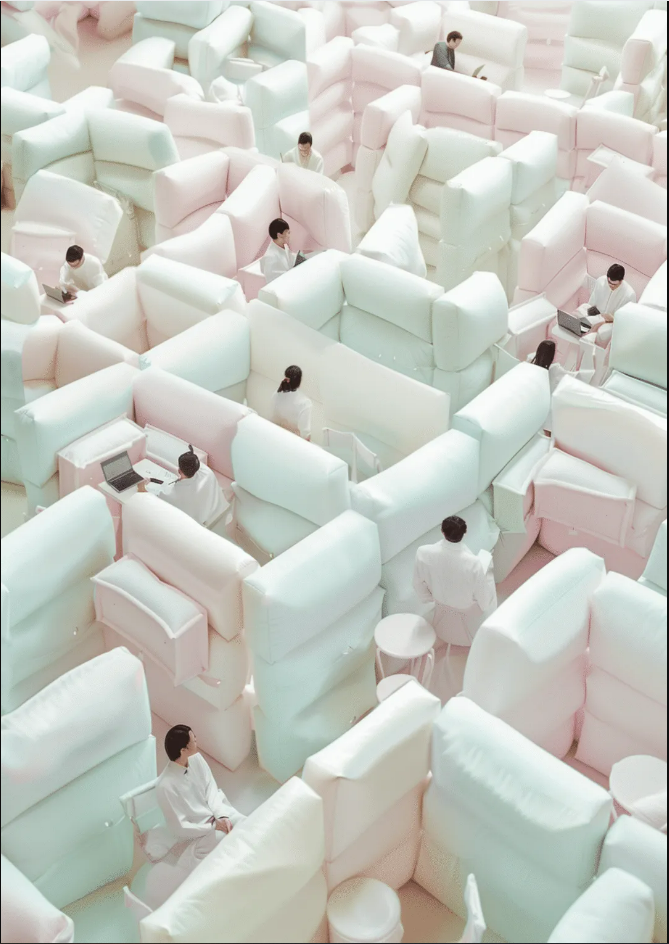
Trend 3: Hard and Soft Zones
Offices are becoming more like homes, but this is not suitable for all work activities.
Workplace providers address this problem by dividing spaces into different zones.
Rather than walls, they use subtle changes in materials and colors, lighting effects
and acoustic properties to separate spaces.
Through these changes, different comfort levels are delivered, which mark various
work styles and activities and help address issues such as distraction or fatigue.
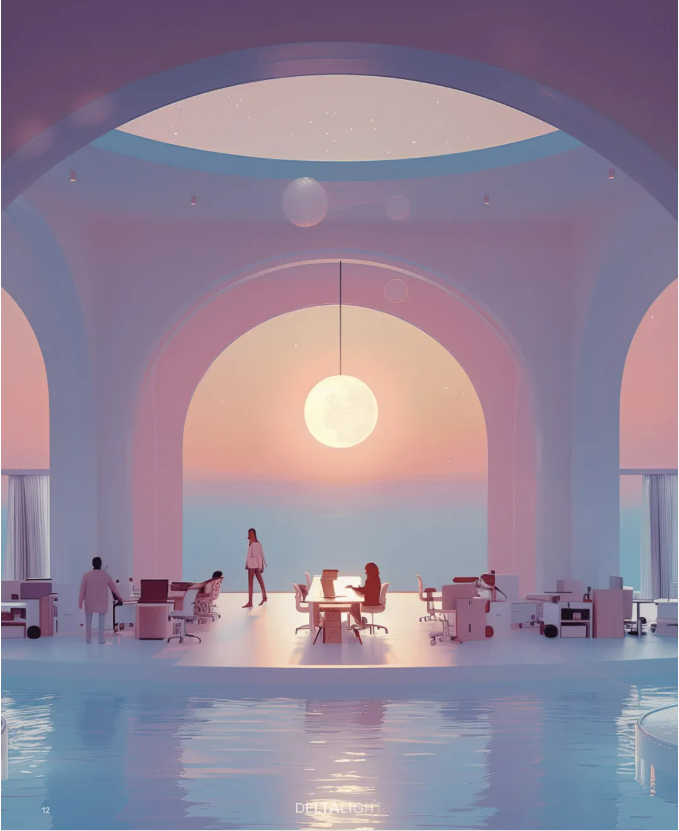
Trend 4: Demountable Design
The global focus on sustainability has accelerated the shift towards demountable
design, an approach where interior design components are made from modular
parts that are held together without glue.
Products can be taken apart at the end of their life cycle, making them easier to
handle and also extending their lifespan. If individual parts wear out or
become damaged, they can be replaced.
This means that furniture can adapt as workplace needs change, with the major
benefit of providing room for personal customization.
Trend 5: Increased sense of control
As technology systems take more control of the work environment, people
increasingly need to be able to control their surroundings, whether for comfort
or task suitability reasons.
One solution is to install furniture, accessories and lighting systems that can be
adjusted without affecting the overall environment.
These range from giving everyone their own task light to DIY social spaces, and
furniture with lightweight materials and wheels that can be easily moved around.
Sound control/privacy is also an important consideration.
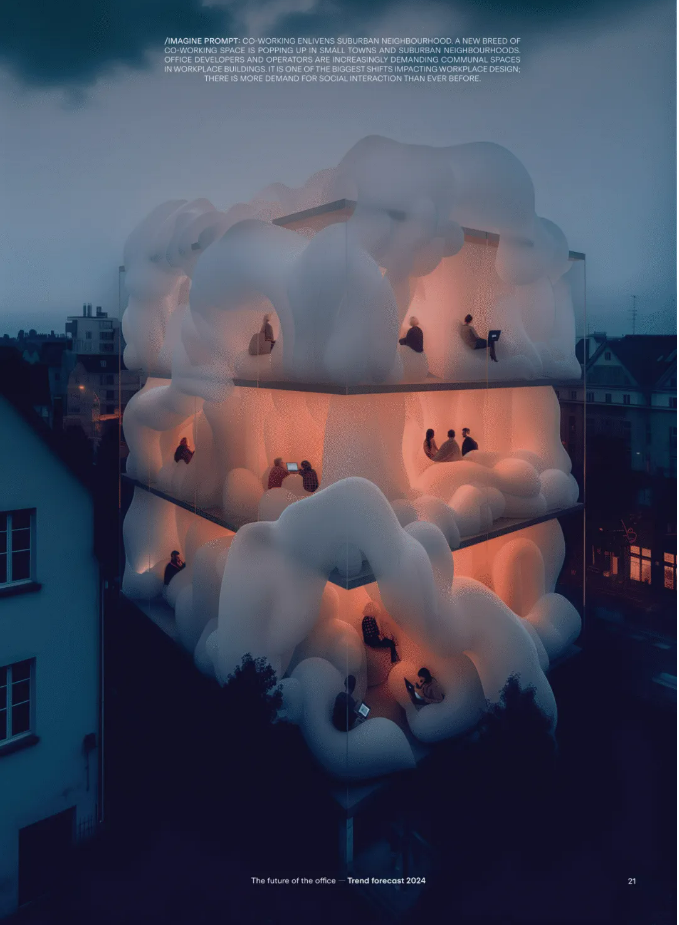
Trend 6: Experience-led amenities
Many companies are offering free breakfast and lunch to attract remote workers who
are reluctant to return to the office.
These companies are finding that the benefits of doing so not only save employee
costs, but also promote a sense of belonging and reduce loneliness.
Now, this and other types of experience-led, hotel-style amenities will become common.
For example, coffee bars, yoga studios and exhibition galleries are designed
to make the workplace more inviting.


